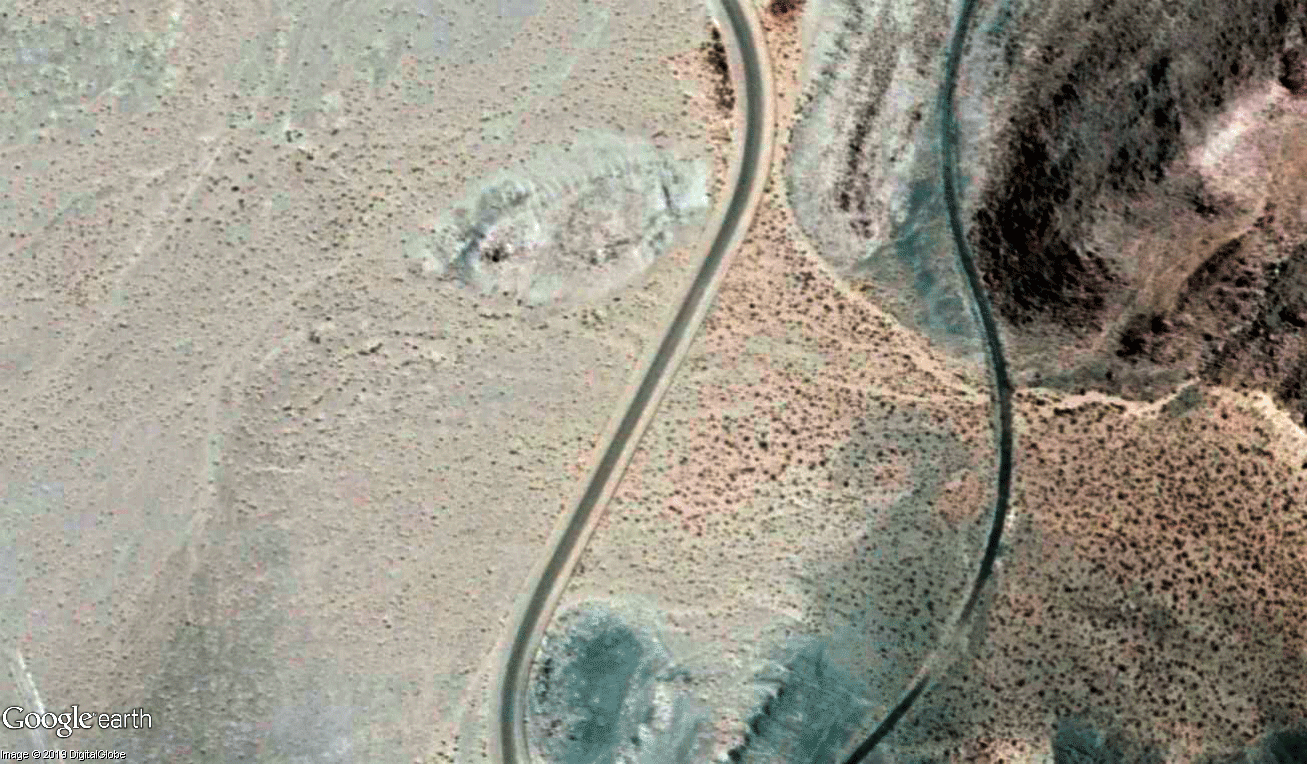The #DailySpace brings you the universe at 10am PST / 1pm EST / 5pm GMT on twitch.tv/CosmoQuestX. Today’s #spacenews includes the following stories:

This morning I got a press release that I almost brushed off because the title was UCLA: Einstein’s General Relativity Theory Is Questioned but Still Stands ‘For Now’
The only reason I didn’t brush it off was a lack of much else to report on.
To my surprise, this ill titled press release actually delivered a really cool story describing how Andrea Ghez, an astronomer at UCLA has a new paper in Science that describes 24 years of observations of stars orbiting the central supermassive black hole in the center of the Milky Way. In order to do this work, Ghez had to pioneer a new way of imaging that is now used even by amateurs: she takes a series of high speed images – essentially video – and aligns and stacks those images to get rid of the atmospheric noise that would otherwise make this research impossible.
The innermost of these stars, named S0-2, has a roughly 16 year orbit, and this data is now enough to allow the full orbit to be seen, and this time domain data lets astronomers go from two dimensional position data on the sky, to a three dimensional understanding of the orbit’s orientation on the sky. The solution Ghez’s team found requires relativistic corrections to Newtonian mechanics – exactly as scientists expected.
This is just a nice result that somehow got obscured behind a terrible title. The lesson is, you can’t judge the press release by it headline.

In astronomy, we often talk about how things don’t change over human lifetimes. This is mostly true, but it’s not entirely true. The star T Ursa Minoris, is a variable star that had begun to act irregularly. In this graph of AAVSO data going back to early 2001, we can see that this red giant star used to have a fairly regular rise and fall in brightness, as the star gasped out its last bits of nuclear burning. In a new press release from the Australian National University, it’s shared that a star roughly twice the size of the Sun appears to be going through one of its final epochs of nuclear burning, and in the next 30-50 years will be seen to expanding out again, for one of the last times before it becomes a white dwarf star. How this star is gasping for energy is what we expect our own sun to do in several billion years.

Coming back to Earth, I want to revisit the July 4 Ridgecrest Earthquake. In this pair of satellite images, we can see how the land visibly shifted several inches during the pair of 6.4 and 7.1 Earthquakes. This displacement occurred along the Little Lake fault line.
This is just a small fault line in the middle of nowhere.
If you want to see the power of a fully operational fault line, the San Andreas fault is the place to go.
While scientists don’t expect the Little Lake quakes to trigger a quake on San Andreas, those news-capturing quakes are being used to reignite discussions about the San Andreas fault. parts of this fault are moving feet per year with respect to one another, while others are bound up with no motion. This leads to areas with so much stress built up that it is expected that as much as a 30 ft slip can occur when the next big quake comes. This has the potential to affect millions of people in LA, San Francisco, San Diego, and all points in between.

Many – if not most – earthquake experts think the next “big one” will come in “our lifetime” and given when they started saying that, they are likely referring to within the life of Baby Boomers. So… folks of California, let this be a reminder that you need to have an emergency kit, and be ready to take off and take care of yourself for up to a week with no support.
Join us tomorrow for more Daily Space news – and keep mapping Bennu!



